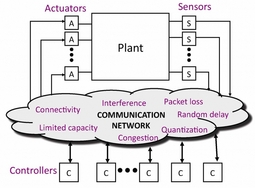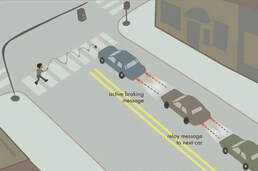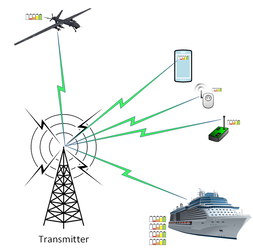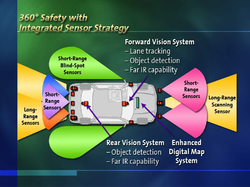Machine Learning and Extreme Value Theory Based Ultra-Reliable Communication for Wireless Control Systems (supported by TUBITAK 2247-A National Outstanding Researchers Program)
Safety critical control applications still cannot leverage the advances in Wireless Internet of Everything (IoE) for two main reasons: 1) Lack of methodologies for guaranteeing ultra-reliable low latency wireless communication based on a statistical model of the environment, 2) challenge of integrating ultra reliable communications into wireless control systems. In this project, our goal is to develop innovative methods based on machine learning and extreme value theory for wireless channel modeling, communication and control systems in the ultra-reliable region in 6G and beyond systems. Extreme value theory (EVT) is a unique statistical discipline that develops techniques and models to describe rare events. On the other hand, machine learning provides efficient solutions for the challenging problems that cannot be solved with traditional analytical approaches in the design of next generation communication systems of complex and heterogenous nature. Large amounts of data are used in the extraction of ultra-reliable channel statistics and the optimization problem in which ultra-reliable communication is integrated into the control systems is very challenging, thus, the use of EVT together with machine learning techniques may enable ultra-reliable control systems.
Communication Aware Dynamic Edge Computing (supported by EU CHIST-ERA)
Time critical wireless sensor networks have been widely used in emergency alert systems and the control of cyber-physical systems due to many advantages, including easy installation and maintenance, low complexity and cost, and flexibility. Extending the battery lifetime of sensor nodes with energy harvesting technologies have initially focused on generating energy from natural sources such as sun, vibration and pressure. However, the dependency of the amount of harvested energy on the natural sources and resulting randomness prevents its usage in time-critical applications. On the other hand, energy harvesting technologies based on inductive or magnetic coupling cannot be practically used for these sensor networks due to their short energy transfer distance. Considering the advantages of having full control on energy transfer, high charging range and small form factor, radio frequency (RF) energy harvesting is the most suitable technology. The design of a large number of RF energy harvesting hardware over the past years is expected to even further extend its usage. In this project, our goal is to propose a novel optimization framework incorporating realistic constraints and scheduling for RF energy harvesting based time critical wireless sensor networks.
Energy Efficient Machine-to-Machine Communications (supported by TUBITAK)
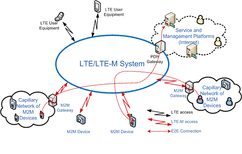 Machine-to-machine (M2M) communications are expected to provide ubiquitous connectivity between machines without the need of human intervention. With the rapid development of the third generation long-term evolution (LTE) cellular networks and its advancement (LTE-Advanced), M2M communications via LTE-Advanced cellular networks with widespread coverage is expected to constitute a significant part of the Internet of Things. For mobile service operators, services through M2M communications have promising and strategic values. For instance, operators can expand their end-to-end information solutions into industries beyond the currently supported by exploiting the different characteristics of M2M services such as little bandwidth usage with minimal impact on the capacity of radio access networks. In this project, our goal is to design M2M communications to maximize the energy efficiency while providing the robustness of the transmissions and study energy efficient resource allocation algorithms for M2M communications by quantifying their utility when utilized together with human-to-human (H2H) communications in LTE advanced cellular networks.
Machine-to-machine (M2M) communications are expected to provide ubiquitous connectivity between machines without the need of human intervention. With the rapid development of the third generation long-term evolution (LTE) cellular networks and its advancement (LTE-Advanced), M2M communications via LTE-Advanced cellular networks with widespread coverage is expected to constitute a significant part of the Internet of Things. For mobile service operators, services through M2M communications have promising and strategic values. For instance, operators can expand their end-to-end information solutions into industries beyond the currently supported by exploiting the different characteristics of M2M services such as little bandwidth usage with minimal impact on the capacity of radio access networks. In this project, our goal is to design M2M communications to maximize the energy efficiency while providing the robustness of the transmissions and study energy efficient resource allocation algorithms for M2M communications by quantifying their utility when utilized together with human-to-human (H2H) communications in LTE advanced cellular networks.
Intra-Vehicular Wireless Sensor Networks (supported by Ford Otosan)

